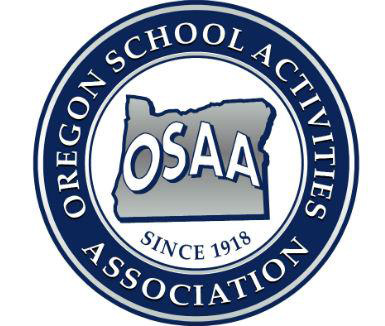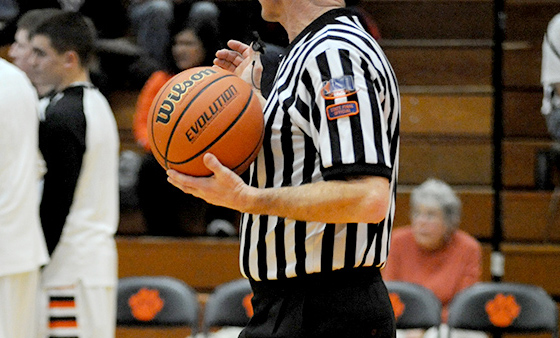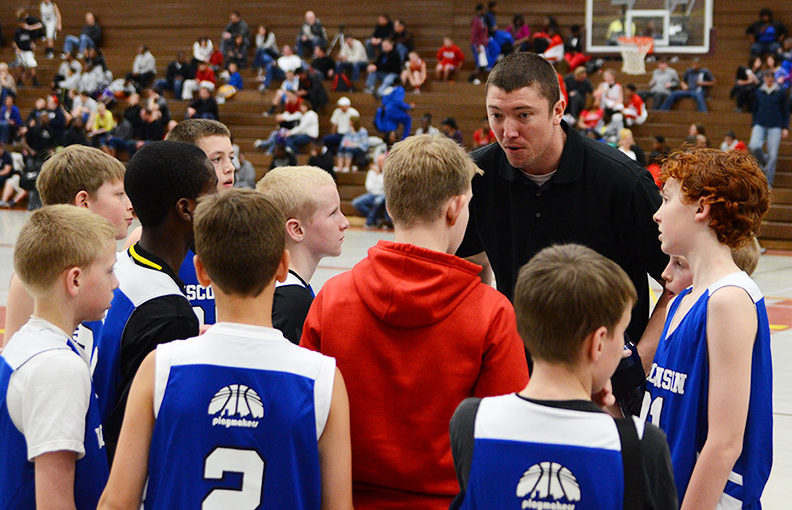The rise of lacrosse
Susie Knoblauch couldn’t help but notice lacrosse stitching itself into the fabric of everyday life in her Midwest town during the better part of the past decade.
She saw it on the bumpers stickers decorating the back of cars more frequently as she drove through the region for her job. She saw it at the grocery store, where more and more kids with sticks roam the aisles next to mothers with carts. That’s why Knoblauch wasn’t surprised last year when she took over as the administrator who oversees lacrosse at the National Federation of State High School Associations (NFHS) to learn that her sport was growing at a rate faster than any other in the country.
 “It’s really just taking hold in central Indiana and central Illinois,” Knoblauch said. “It seems to really grow bigger each year.”
“It’s really just taking hold in central Indiana and central Illinois,” Knoblauch said. “It seems to really grow bigger each year.”
The roots of what has traditionally been an East Coast sport are stretching west and finding hordes of new athletes eager to give lacrosse a shot. The number of high schools nationwide with varsity boys’ teams increased by 40 percent (from 1,815 to 2,535) between 2008 and 2014. The list of varsity teams has almost tripled since 2001, according to surveys done by the NFHS.
Despite all that momentum, the number of state athletic associations that sanction lacrosse has not grown at the same pace. Only three states adopted the game between 2001 and 2014. This summer, Ohio decided it will add its name to that list starting in the 2016-17 school year. Lacrosse fans in the Buckeye State can attest that taking a sport from its grassroots genesis to being officially sanctioned can be a long and meticulous process.
Ohio high schools got their first tastes of lacrosse in the early 1970s when a handful of club teams popped up at schools in the Columbus area. Two decades later, in 1989, a group of coaches joined forces to organize the first state tournament and name a champion, although not one that would be crowned with the Ohio High School Athletic Association’s stamp of approval. It wasn’t until the past few years that the state started to seriously considering adding it as an official sport.
So what took so long?
“It just hadn’t hit the number of schools yet to get a serious look,” said Dr. Dan Ross, commissioner of the OHSAA. “I think there has been a lot more coverage on TV for lacrosse. People are becoming more and more familiar with the rules. It’s an exciting sport to watch. Sometimes it just takes time.”
Most states won’t sponsor a sport unless it reaches a minimum number of participants. Otherwise, it doesn’t make sense to spend the money and time it takes to oversee the games on a statewide level. Ohio’s magic number for boys’ sports is 150 schools.
The need to reach a critical mass can create a Catch-22 hurdle in many places. Schools hold off on an adding an in-demand sport because it’s not yet sanctioned, and the state doesn’t sanction the sport because not enough schools have added it. Ohio is still a little short of reaching 150 teams, but Ross’s board of directors voted unanimously this June to sponsor lacrosse with the assumption that enough schools would commit to a team if the OHSAA made the first move.
Paul Balcerzak has spearheaded the Ohio High School Lacrosse Association, the group currently responsible for organizing the sport and the state tournament, for the last seven years. He said getting athletic directors involved, rather than just coaches, was another major step in getting lacrosse to this point. The athletic directors helped to install a set of rules that will make for an easier transition into the OHSAA fold. Their involvement also tied the sport closer to the schools, rather than having the feel of more of an independent club team.
 Balcerzak played on the first team at Upper Arlington High School, one of the Ohio lacrosse bluebloods, in 1972. He’s part of a generation of lacrosse enthusiasts that has moved from playing the game into coaching and administration roles. Their involvement helps the sport grow and provides more assurances to the OHSAA that it’s not a passing fad.
Balcerzak played on the first team at Upper Arlington High School, one of the Ohio lacrosse bluebloods, in 1972. He’s part of a generation of lacrosse enthusiasts that has moved from playing the game into coaching and administration roles. Their involvement helps the sport grow and provides more assurances to the OHSAA that it’s not a passing fad.
“At this point in our maturation process, there are more coaches available than there used to be,” he said. “We’re not relying on a dad who wants to help his son learn lacrosse. We have kids that have gone through programs and can come give back to the sport. We’ve got a lot of that happening now. Most of the coaches now were former high school players.”
During the transition to a sanctioned sport over the next two years, Balcerzak will stay involved to make sure lacrosse continues to thrive under the OHSAA’s watch. The to-do list is still a long one before the first games in spring 2017. It includes determining the sites and schedules for future state tournaments, finding and certifying a pool of referees, and figuring out how to make sure schools that are new to lacrosse don’t get scared away from the sport by competitors who have been producing teams for decades.
Fostering a competitive environment for teams that are new to the sport can be tricky, according to Dan O’Brien, a former player at Ohio State who helped build three high school programs from scratch as a head coach during the past 30 years. O’Brien said all new teams will have to take their lumps in the early days, but it’s important to schedule some winnable games each year. Without some hope, the supply of capable athletes willing to give lacrosse a try can dry up quickly.
O’Brien said sanctioning the sport is a major milestone for lacrosse in Ohio. While his players won championships organized by the coaches’ association, it didn’t have the same feel as when their classmates won titles in other sports. The OHSAA lends a new sense of legitimacy to all of the work they put in. And that, O’Brien said, is what makes all of red tape and hoop-jumping to get to this point worth it.
There is still a lot to be done, and more potential problems likely lie in the weeds, but Ross said the reaction across Ohio has been overwhelmingly positive so far.
“I have not had one negative email,” he said. “Everything has been positive — from the officials to the coaches to the parents and the kids. We feel very good about this.”





